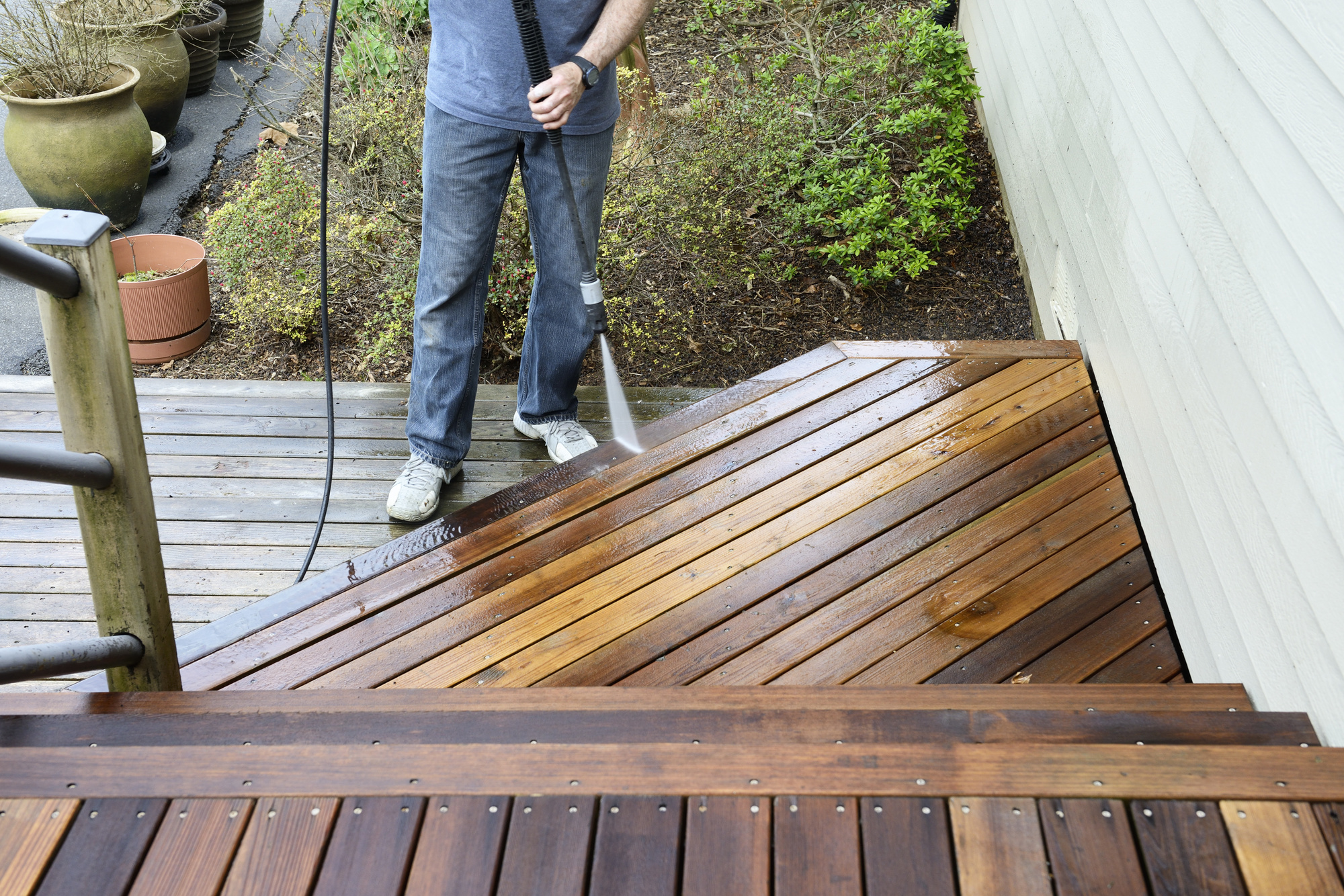Deck Sealing vs Staining: A Comparative Guide
Your deck looks a little weathered. Does it still have that fresh-from-the-factory wood grain look? Or, has age and the elements gotten the better of it?
You’ve been thinking about a new deck for years. But with so many other projects on your to-do list, they’ve gotten postponed.
Before you start dreaming up new deck designs, think about the plan of action. Deck sealing vs staining offers two very different results. And it’s not just a question of looks. There are practical issues to think about as well.
The Pros and Cons of Deck Sealing
Sealing a deck is a great way to protect the wood from moisture, dirt, and UV damage. It can be beneficial in protecting the wood from fading, splintering, rotting, and pest damage. It can also help the wood last longer, increasing its lifespan.
Yet, sealing it can be expensive, and the sealant must be reapplied throughout the deck’s lifetime. It’s also important to be aware that it can trap moisture, damage the wood, be difficult to remove, and must be maintained and cleaned regularly.
Deck sealing can also result in an uneven or blotchy finish on the wood, which can be hard to get rid of. Understanding the pros and cons of deck sealing is important before committing to sealing your deck.
What to Expect With Deck Staining
Deck staining may seem like a complicated process, but it’s well worth it when you consider the long-term benefits. There are a few things you can expect when it comes to deck staining. First, the exterior of your deck will be cleaned to ensure that the stain is applied and will last as long as possible.
Once the deck is dry, the staining process can begin. Depending on your deck’s materials, various stains may be used, such as oil- and water-based stains. For the best results, the stain should be applied in many coats.
After the final coat has dried, it is important to seal the wood with a waterproof sealant to guard against moisture and the sun’s UV rays. Altogether, deck staining is a lengthy process that can help extend the life of your deck and keep it looking great for years to come.
Cost Comparison of Sealing vs Staining
Generally, staining a deck can cost anywhere from $500-$1500, depending on the size of the deck. Sealing is more expensive and costs between $500-$3000. Sealing offers more protection but will require re-application more often than staining.
When looking for the best cleaning available for your home, make sure to check deck washing at essentialspressurewashing.com for the most cost-effective option. Depending on the size and condition of the deck, it may be more cost-effective to seal if a deep clean is necessary to restore the original look. Sealing can cost slightly more initially, but over time it may be more cost-effective as it requires reapplication less compared to staining.
Learn More About Deck Sealing vs Staining
Deck sealing and staining are both great outdoor projects to protect and beautify your outdoor space. While sealing protects and preserves the deck, staining provides a color update. Both should be considered when deciding what is best for your deck.
For a durable and lasting outdoor area, it is recommended to reseal every 1-3 years and stain every 2-3 years. Contact a qualified contractor for more information about deck sealing vs staining.
Check out the rest of our blog for great tips!






